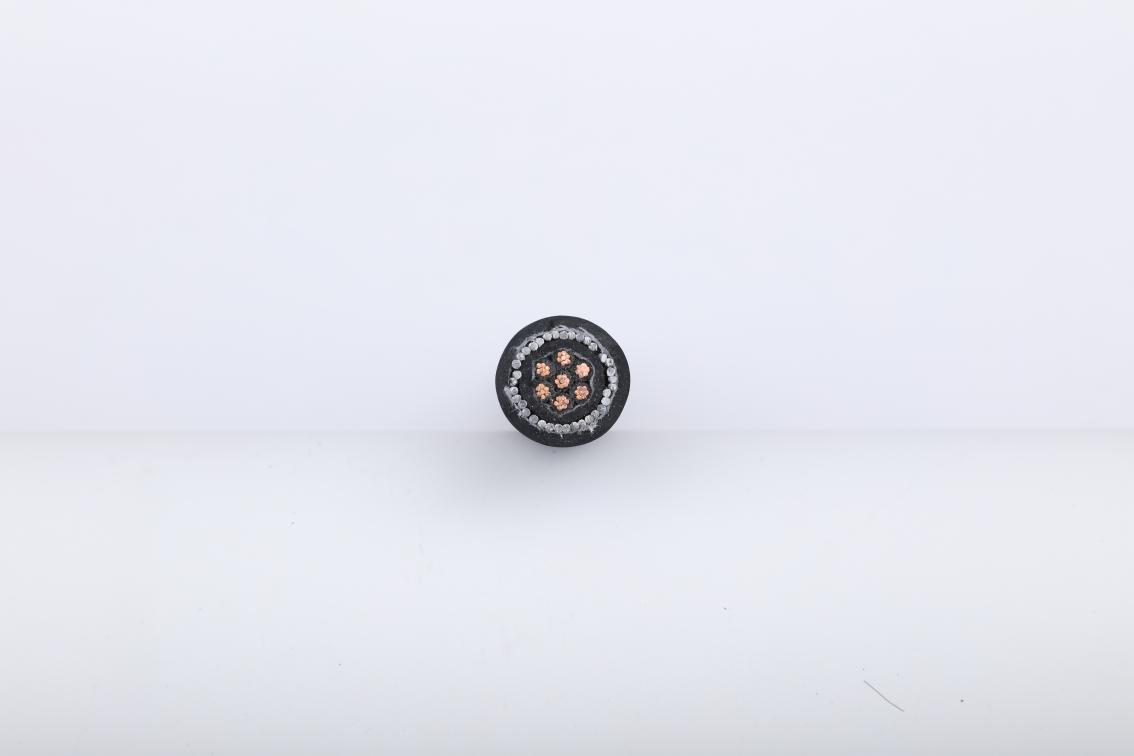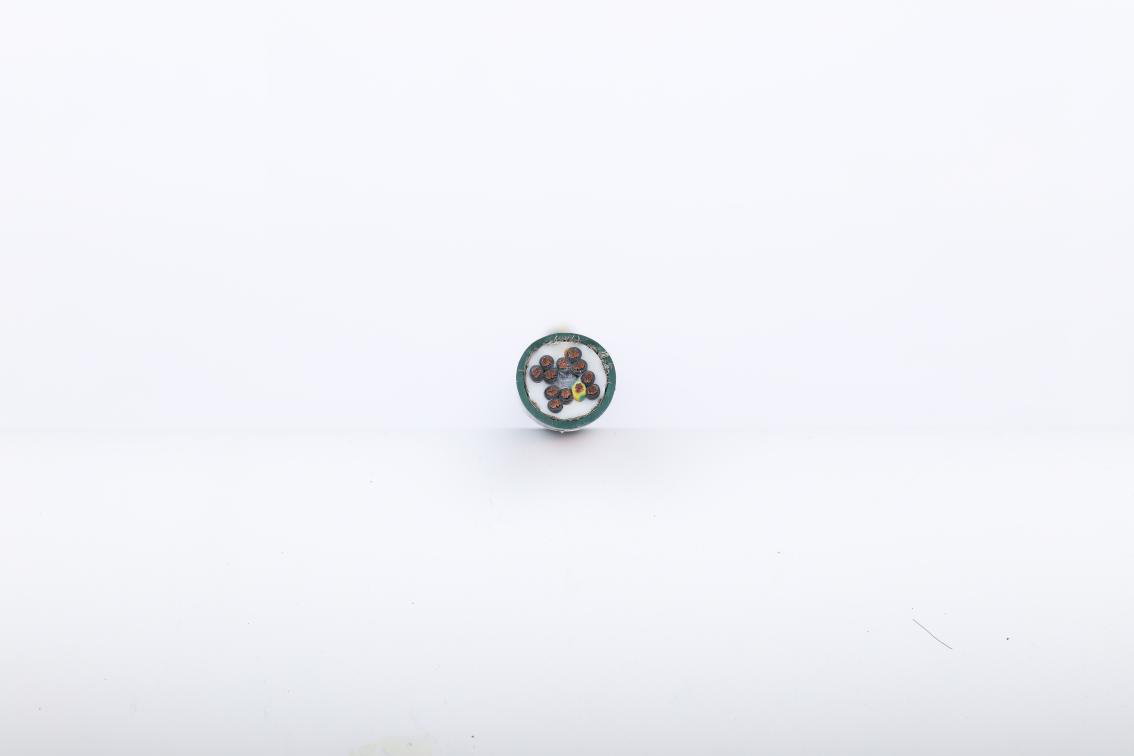The processing method of ceramized refractory silicone rubber and ordinary high-temperature silicone rubber compound is exactly the same. It has excellent extrudability and moldability, and can be directly extruded and vulcanized into wire and cable with silicone rubber wire and cable equipment. There is no need to add equipment, and there is no need for huge equipment investment like the magnesium oxide mineral fireproof insulated cable, and there is no need to entangle multiple times like the mica tape wound fire-resistant cable, which is laborious and time-consuming, and can greatly reduce the cost. Wire and cable made of ceramized refractory silicone rubber can greatly reduce the cost, and can be laid and installed as easily as ordinary wire and cable. It does not need to be laid as complicated as magnesium oxide mineral fireproof insulated cable, and it is widely used and applied for fireproof wire and cable. Prerequisites and foundations are provided. 2.3 The application of ceramic fire-resistant silicone rubber fire-proof wire and cable has good fire-fighting and fire-proof characteristics, which makes it widely used in places with high public fire protection and fire safety requirements, such as ordinary civil disasters, high-rise buildings, elevators, large and small supermarkets. Shopping malls, subways, airports, stations, hospitals, banks, office buildings, hotels, postal telecommunications buildings, exhibition halls, libraries, museums, ancient buildings, schools, power buildings, public entertainment venues, tunnels, underground buildings, warehouses, etc. Can be used in metallurgy, steel, coke, coal, power plants, power transmission substations, shipbuilding, petroleum, chemical, pharmaceutical, nuclear power plants, aerospace, military, paper and other industries, as well as home appliances, automobiles, public transportation facilities and so on. Ceramic refractory silicone rubber fireproof wire and cable has broad application prospects. 3 Conclusion Ceramic refractory silicone rubber provides a new type of safe fireproof and fire-fighting materials for fire protection and fire protection. In particular, it has opened up a new way of thinking and new methods for the manufacture of fire-resistant wire and cable; its birth makes fire-resistant wire and cable The production, processing, installation and application have been further simplified. Compared with the previous fireproof cables, the cost has been greatly reduced, and it has been widely popularized and promoted, especially for ordinary civilian use, thus providing the possibility to protect the lives, lives and property of the people to a considerable extent. Safety
The easiest way to determine whether the silicone rubber material is structured is to touch it by hand. If the material is hard or the material is cut by hand, the material is in a white line. The material is already structured. The heat generated during the extrusion process using the structured silicone rubber material increases, the rubber begins to vulcanize in the rubber extruder, and the extruded cable surface is orange peel or broken. The most effective way to eliminate the structuring is to add a little silicone oil during the rubber mixing and sulfur addition process. Studies have shown that the silicone rubber material has better aging properties after adding silicone oil.
3.4 Correct setting of the extrusion vulcanization process Silicone rubber must be used in the cold extrusion process. The temperature of the fuselage during extrusion should not be too high, otherwise it will appear in the rubber extruder. We strictly control the extrusion temperature during the extrusion process, and use the screw, fuselage and head water cooling method to control the temperature of the fuselage not to exceed 50 °C to ensure that the silicone rubber does not vulcanize in the fuselage. We can start vulcanization at 90 °C by using 2,4-dichlorobenzoyl peroxide as a vulcanizing agent. Taking 2.5mm2 insulated core extrusion as an example, we set the steam pressure to 0.6MPa and the temperature to about 150- The line speed was set to 10 m/min at 155 °C. 3.5 Other problems In the trial production process, we also encountered other problems, such as surface bubbles, frosting and other defects. For surface bubbles, we use materials to do more on the open mill and vacuum extrusion. For surface blooming, we added FSJ-01 type defroster to the material, the effect is very obvious.
